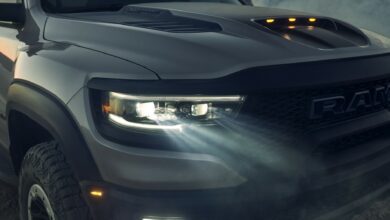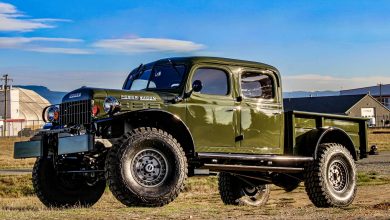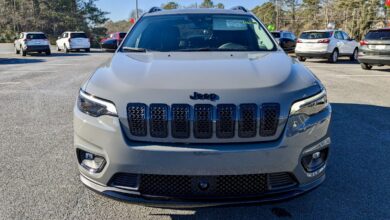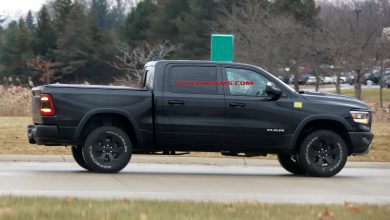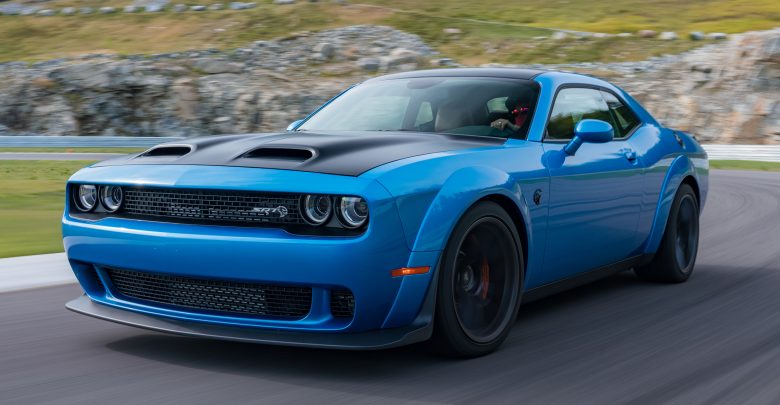
Across the internet, the brand positioning of Chrysler, Dodge, Jeep, and Ram has been up for debate. Fans are upset that Chrysler, which was once the luxury-oriented Mopar brand, is now being relegated to a mainstream people-mover definition, while Dodge has become narrowly focused on muscle cars and performance utility vehicles, Ram has split off from Dodge, still causing confusion nearly a decade later, while Jeep has seen the most expansion, transforming from a niche brand with a few off-road capable vehicles to a global brand with utility vehicles in many shapes and sizes. That sounds like a lot to process, so let us break it down for you.
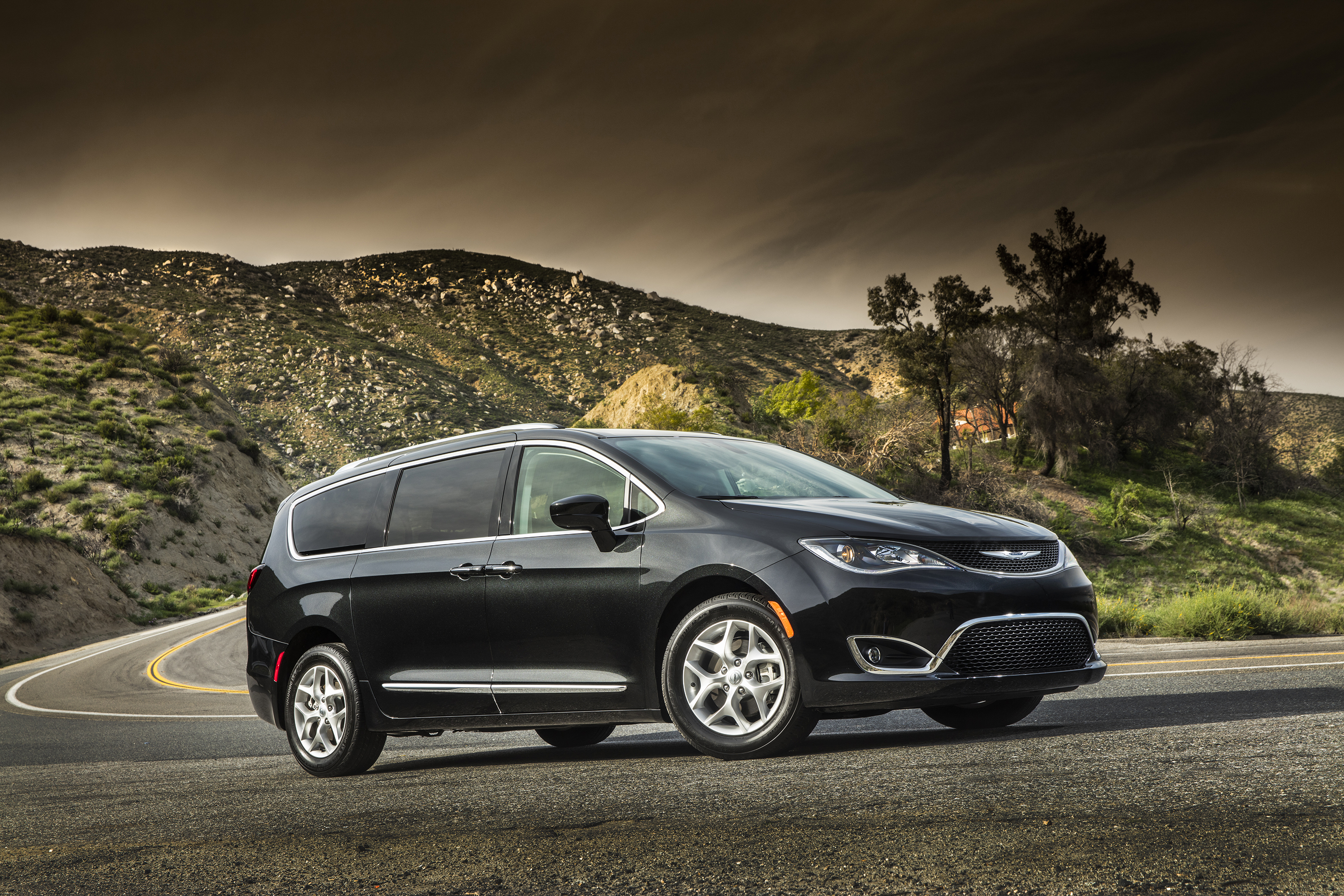
Chrysler:
Arguably the most commonly confused brand positioning, Chrysler has been somewhat of a nightmare for some enthusiasts to decode. As mentioned before, the Chrysler brand was rich with a history of luxurious flagship sedans. Taking a look around online forums, Chrysler fans seem to be disappointed that the 300 is set to be discontinued in a few years, leaving them without a floaty, semi-premium sedan. It could be argued that the Dodge Charger is the logical next step for those looking at a 300, but unfortunately, many people seem to enjoy the more upscale style of the 300. Some have even been so dramatic as to say the Charger looks like a “boy-racer” car.
If there was ever a question of whether the 300 would get a new generation, unfortunately, the decline in passenger car sales sealed the fate of the 300. It just did not offer a unique enough experience to justify keeping it in the lineup.
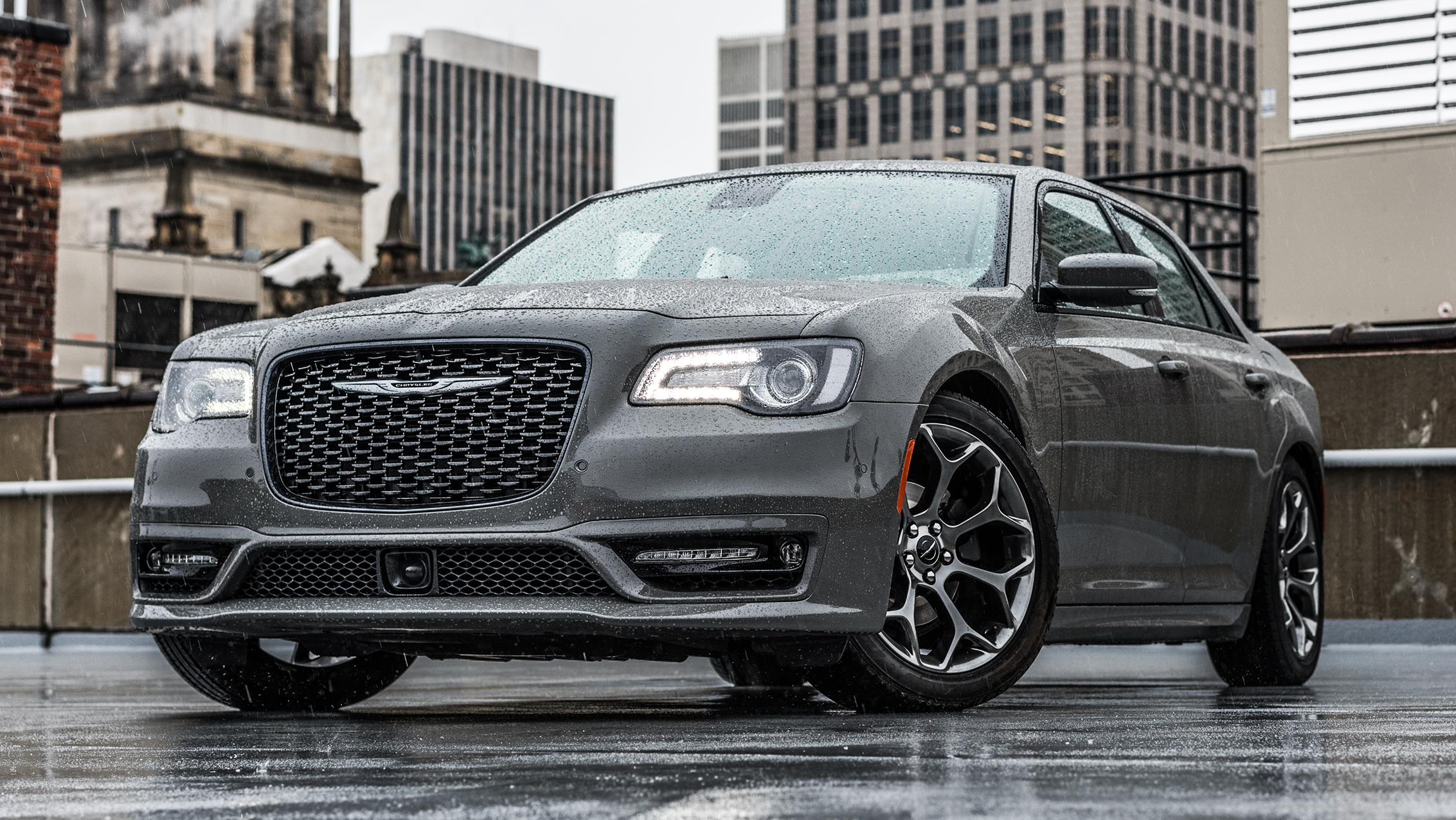
Leaving behind their luxury sedan roots, Chrysler is going all-in on utility vehicles. Their utility vehicles will be softer than Jeeps, which are often criticized for having stiff rides and less cargo space than competitors in reviews. Chrysler will focus on bringing a supple ride, advanced technology and powertrains, and unique styling to the SUV segment. Most, if not all, upcoming Chrysler vehicles will have electrified variants and the latest powertrains, including the new 2.0L 4-cylinder engine.
While “mainstream people-mover” may seem vague as a brand definition, it makes sense when put into context with the other Mopar brands. Currently, there is no real mainstream brand to target Chevrolet, Nissan, and Honda. Jeep is pulling double duty with off-road-capable utility vehicles that also compete in price and size against mainstream crossovers. This puts the Jeeps in a difficult position since the same engineering that makes them so capable off-road also intrudes into cabin space (Cherokee) and gives them a louder, harsher ride than competitors (Compass). Chrysler moving into on-road focused segments will allow Jeep to expand its off-road capability and even move slightly upmarket as Chrysler can pick up the slack in the comfort-focused mainstream crossover segments.
Rather than simply calling Chrysler the people-mover brand, it may provide some clarity to think of their brand as one which puts an emphasis on interior volume, safety technology, and on-road comfort.
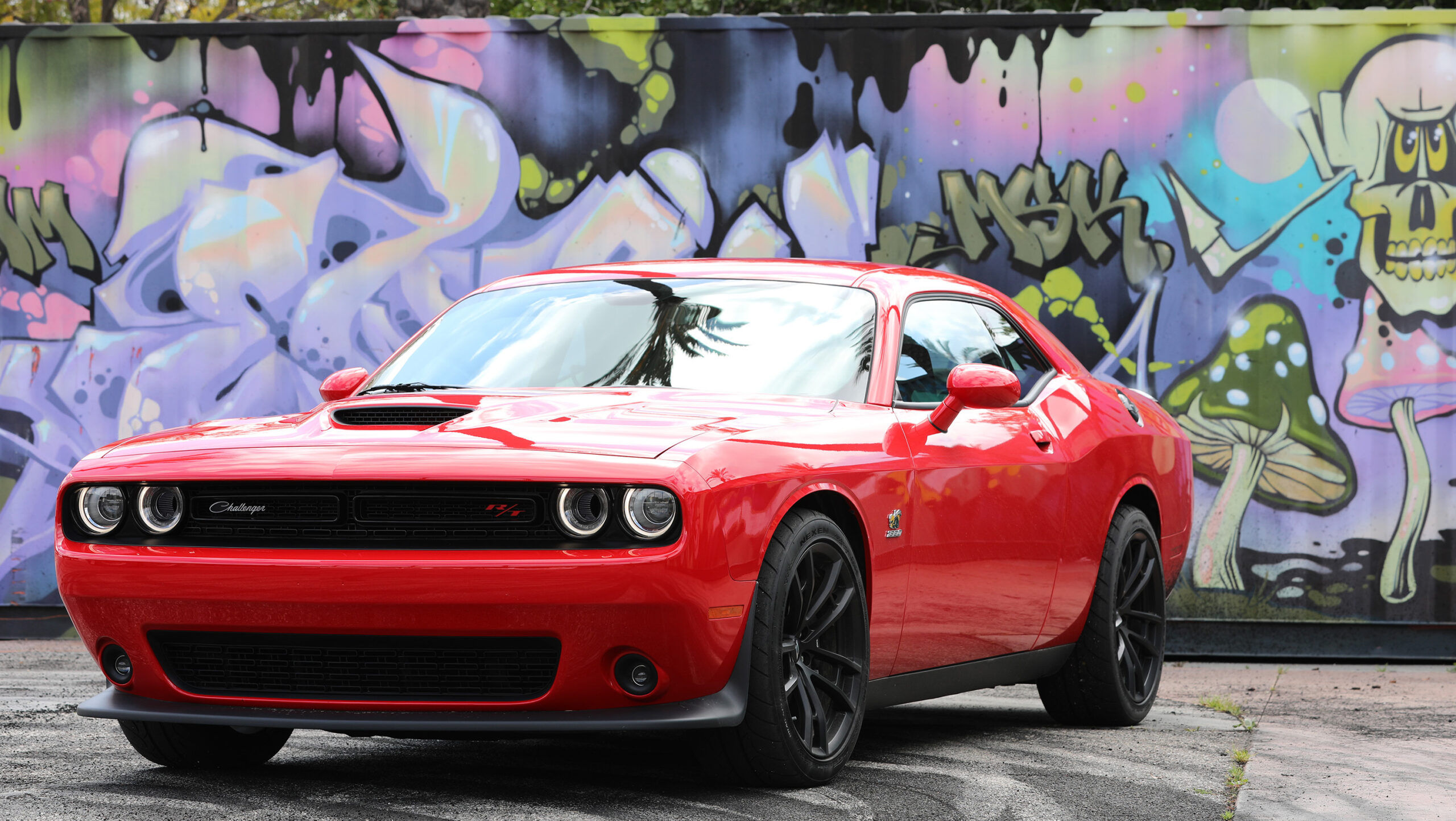
Dodge:
If you’ve been paying attention to auto industry news at all recently, you will know that Dodge has made quite a name for itself as a maker of powerful yet attainable muscle cars. The Hellcats were the first big splash, then came the Demon, and now for 2019, we’ve got the Challenger Redeye and the 1320 Scat Pack.
A common complaint from Mopar fans is that Dodge is defining their brand in such a narrow way that they will not have enough footing to survive in the next economic downturn. While this seems like a valid concern, we know that when Dodge receives next-generation engine technology, the cars will have both efficiency and performance boosts.
Dodge’s brand positioning defines it as a brand for performance cars and utility vehicles, which some assume means that efficiency and safety are not top priorities. Historically, muscle cars have never really emphasized fuel efficiency or safety. That said, historically we also thought the sun revolved around the Earth, so it’s pretty obvious that not everything follows historical precedents, isn’t it?

A brand defined by performance still has room for more affordable and economical cars. Look at what Chevrolet has done with the latest Camaro. Though not exactly a poster child for success recently, the Camaro has done a few things that we should take note of. The Camaro has always been a muscle car, but they’ve really doubled down on the smaller-displacement engines in this generation, making them feel less like an afterthought and more like variants with their own unique advantages. For 2019, they’ve even got a 1LE track package for the 2.0L 4-cylinder engine. Dodge should follow a similar pattern when the new Charger and Challenger are released, with the SXT and GT trim levels coming into their own. We’ve even started to see this for the 2019 model year, with the GT line of the Charger and Challenger now offering performance upgrades to improve handling and throttle response, while being positioned very similarly to the R/T, though with a more efficient 3.6L Pentastar V6 engine.
Dodge being defined as a performance brand absolutely does not stand in the way of offering economical vehicles, which is something that would-be critics should take note of. As we all know, buyers are willing to pay more for cars that are perceived to offer greater value. Dodge is going to double down on their bargain performance characteristics in the future, combining that with increased technology, safety, and efficiency across the board to create a performance brand that does not compromise everyday livability.
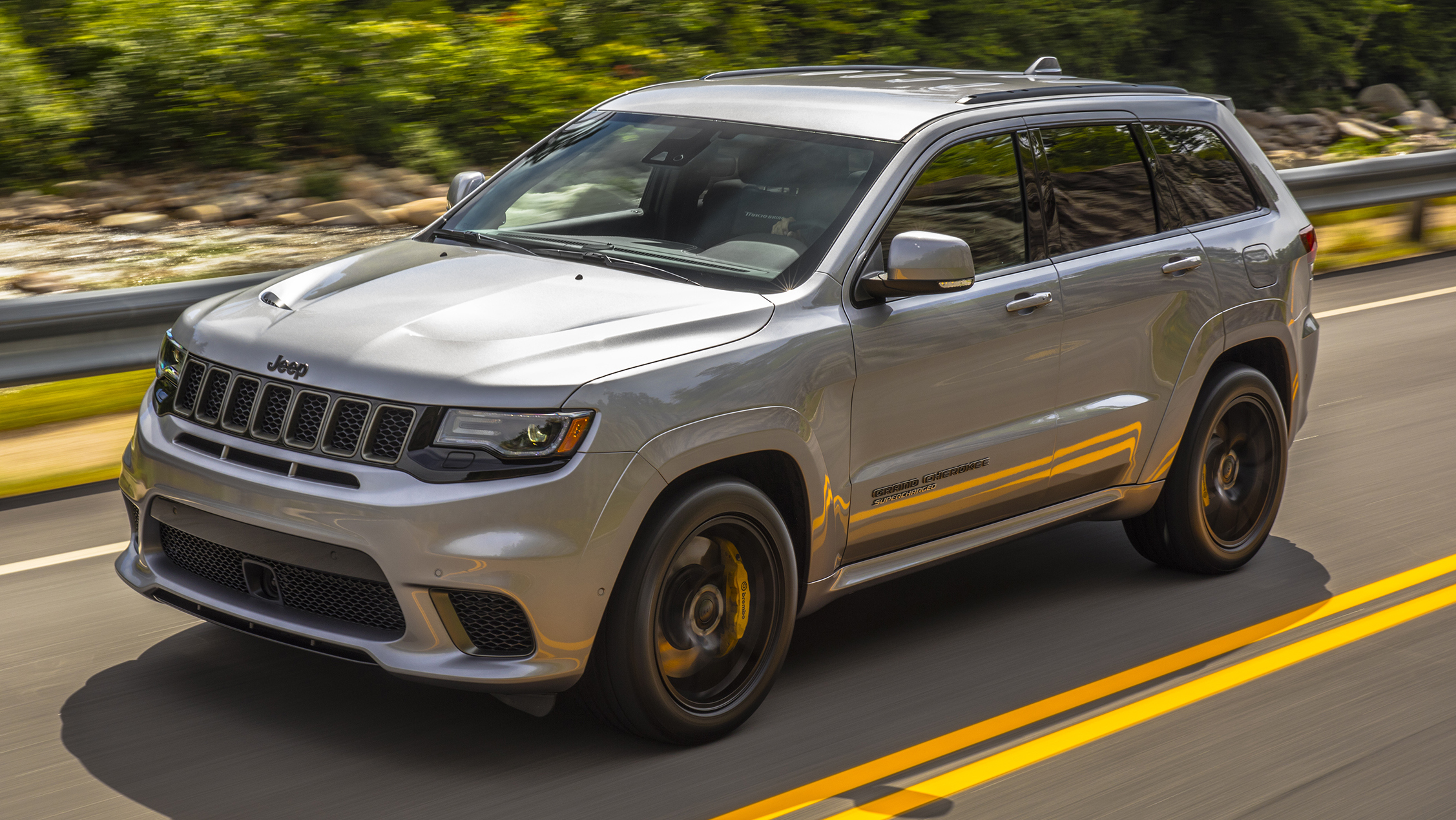
Jeep:
Jeep has been Fiat Chrysler’s greatest success story yet. After stagnating for years, the Jeep brand has finally gotten the opportunity to shine under Mike Manley with new models ranging from the subcompact Renegade to the off-road capable Wrangler and soon all the way into full-size luxury SUV territory with the Wagoneer and Grand Wagoneer.
Although it is clearly positioned as the lifestyle brand, Jeep is currently the closest thing FCA has to a mainstream brand, at least until Chrysler takes on that role. However, even when Chrysler starts offering mainstream utility vehicles, don’t expect Jeep to sit still. Jeep is in a unique position within FCA. It is not a mainstream brand by definition; instead, it is a lifestyle brand for those who want to feel like they can venture off the pavement whenever they’d like, even if they never do. Jeep defines these customers as “dreamers” and they make up a core part of Jeep’s target audience. Jeep instills a feeling of adventure and freedom in buyers, characteristics that create the potential for higher-margin products as the line between lifestyle and luxury vehicles are heavily blurred.

By name, Alfa Romeo and Maserati are the group’s luxury brands, but Jeep is also looking to play in that segment. By offering a third-row version of the Grand Cherokee to fill the segment that the current-generation Durango is competing in, they have indicated that they are searching for the highest margins available and will continue reaching higher with the Wagoneer and Grand Wagoneer. The Jeep brand is a symbol for how successful a niche brand can become if it can create a burning desire in customers to live the lifestyle that the brand represents and then slowly break down the barriers of entry by removing day-to-day compromises of driving such a vehicle. The XJ Cherokee and the KL Cherokee are worlds apart in driving dynamics, yet the KL still offers Trail Rated capability with more comfort features than ever before in a Jeep of that segment.
In the future, look for Jeep to continue exploring their unique position as a niche-turned-mainstream brand with specialty models that continue to offer greater levels of capability like the Trailhawk and Deserthawk while also reaching upward into luxury territory with their Wagoneer, Grand Wagoneer, Grand Cherokee, and perhaps even Cherokee lines. The upcoming inline-6 cylinder engine, which will debut first on the Grand Cherokee, will provide a new level of refinement to a handful of Jeep vehicles.
It is of utmost importance that Jeep continues to represent freedom, adventure, and capability in the minds of consumers, and with Chrysler taking over the position of the on-road mainstream brand, Jeep is free to expand in the off-road direction – just don’t expect their best-selling-brand status to dwindle, as many customers are obviously willing to pay a premium for living what they believe to be an idealistic “Jeep lifestyle.” Even with Chrysler positioned as the mainstream brand, by definition, Jeep will likely remain the mainstream brand by sales volume.
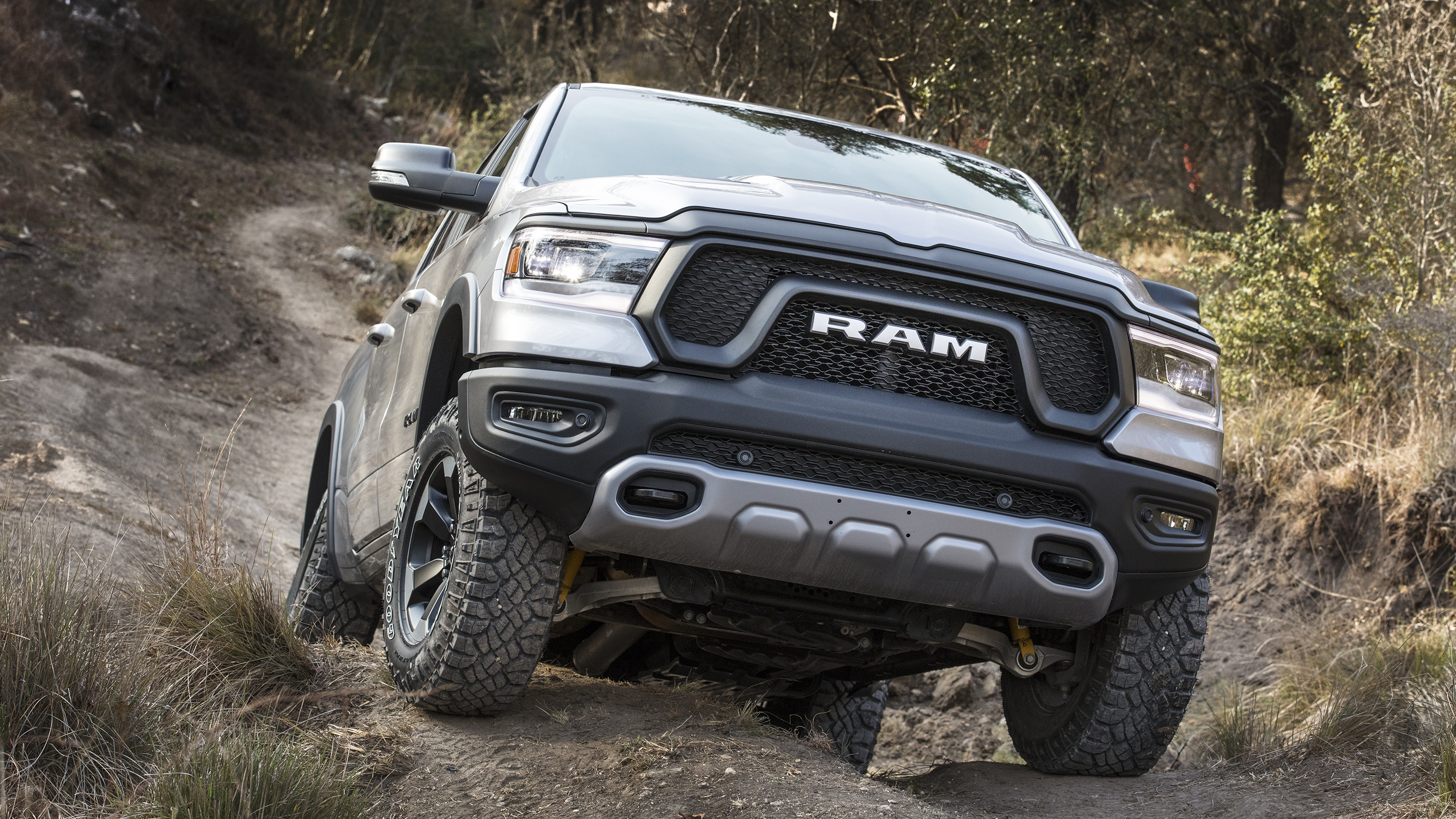
Ram:
In a very similar position to Jeep, Ram has flourished under FCA, thanks largely to its more comfortable ride than the competition and great design, characteristics that have been improved with the 2019 Ram 1500. Separated from Dodge several years back to create a global commercial truck brand, Ram has added ProMaster and ProMaster City vans to its lineup to create the ultimate commercial truck brand.
Ram sales are in a great position right now thanks to the dramatic increase in popularity for utility vehicles and pickups. More than ever pickup trucks are being used as luxury vehicles and it only takes a glance at the interior of the 2019 Ram 1500 Longhorn or Limited interior to realize that Ram is going all-in on luxury pickups. That’s not something that will change in the future, barring a major economic event.
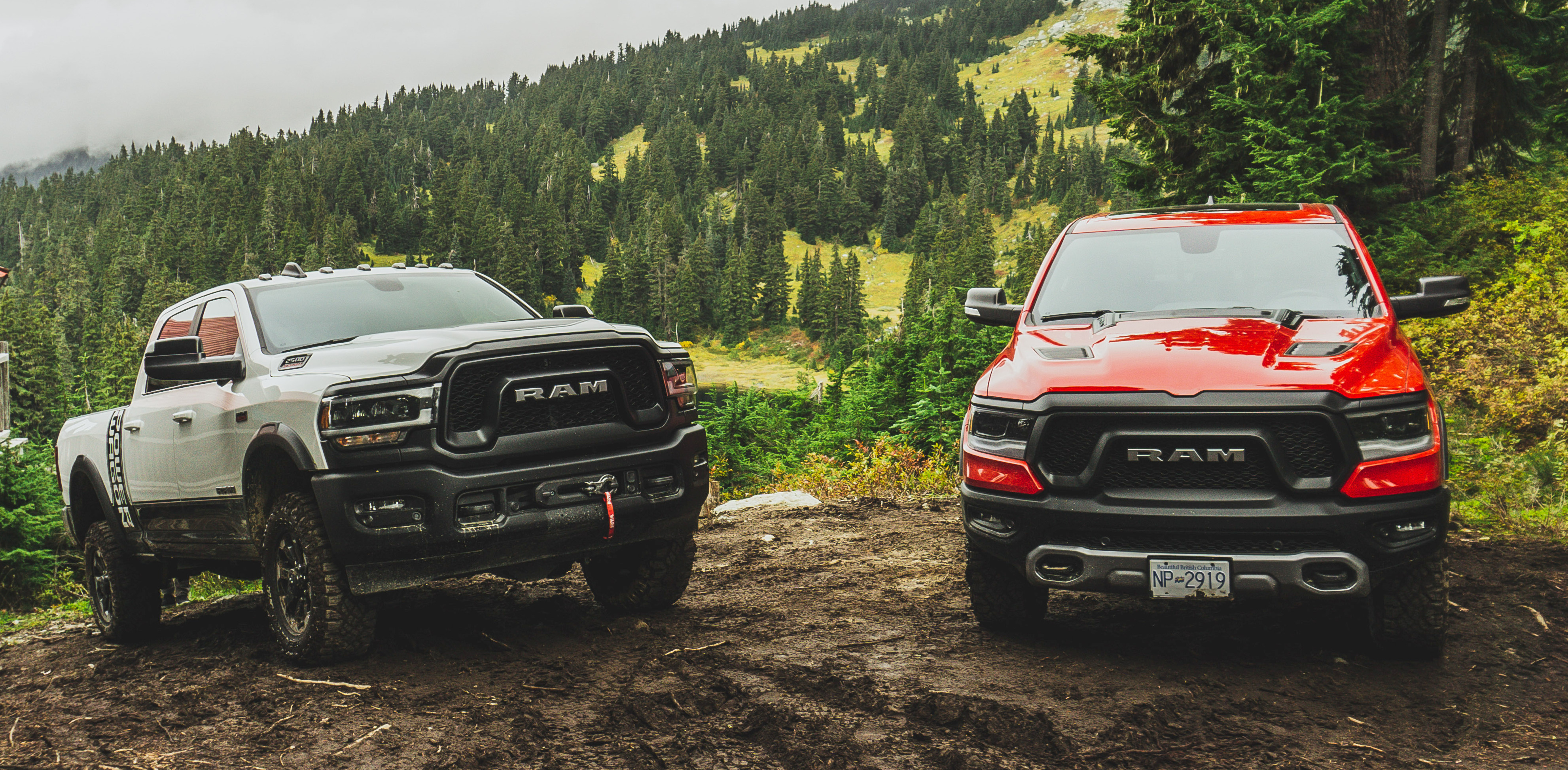
The Ram brand strategy emphasizes durability, practicality, and craftsmanship. Like Jeep, Ram is in a position to move upmarket. It will not cease to compete with the other mainstream truck brands though, as the pickup segment is adding high-end trim levels across the board as Americans eat up pickups, which are apparently the stand-in replacement for full-size luxury sedans.
Clearing Up Misconceptions:
Things are changing rapidly. Chrysler is becoming the brand for mainstream, on-road-oriented utility vehicles rather than the full-size luxury sedans of its past. Dodge has shed its bargain-basement reputation and is embracing its muscle car heritage, while Jeep is holding on tight to its legacy as a maker of capable, lifestyle vehicles while bringing in droves of new customers with the newfound everyday livability in modern Jeeps. Ram is moving even further upmarket with the high-end trim levels of their pickups, while continuing to cater to commercial and working buyers with the ProMaster duo and the Tradesman package on their pickups, while also setting the number two pickup title in its sights, looking to claim a major slice of Chevrolet’s market share.
There are many misconceptions floating around that one or two of these brands are dying, but those are just that: misconceptions. If you look deep enough, the brand strategies for American Mopar brands start to make sense as each one has a specific role to play in the future.

